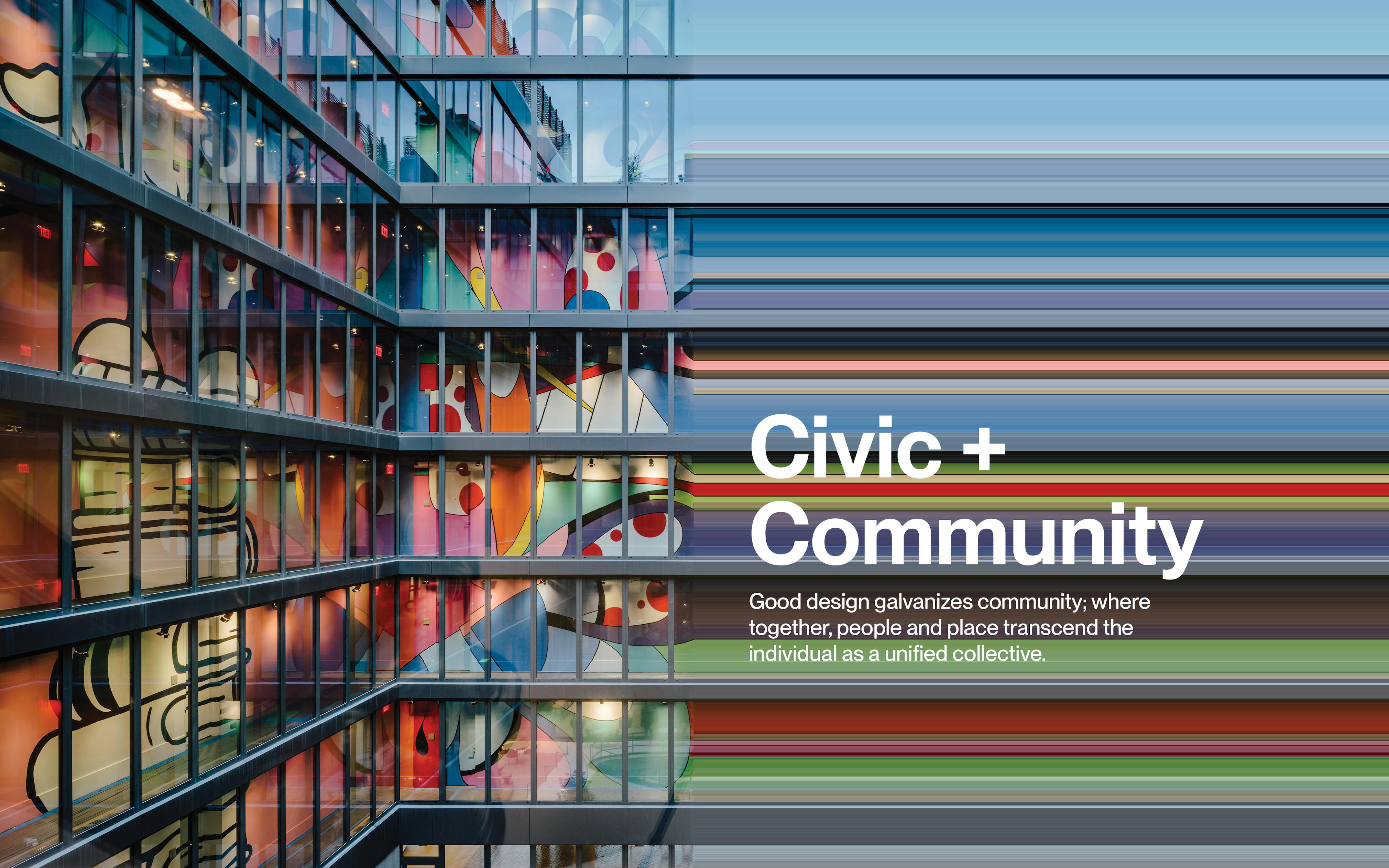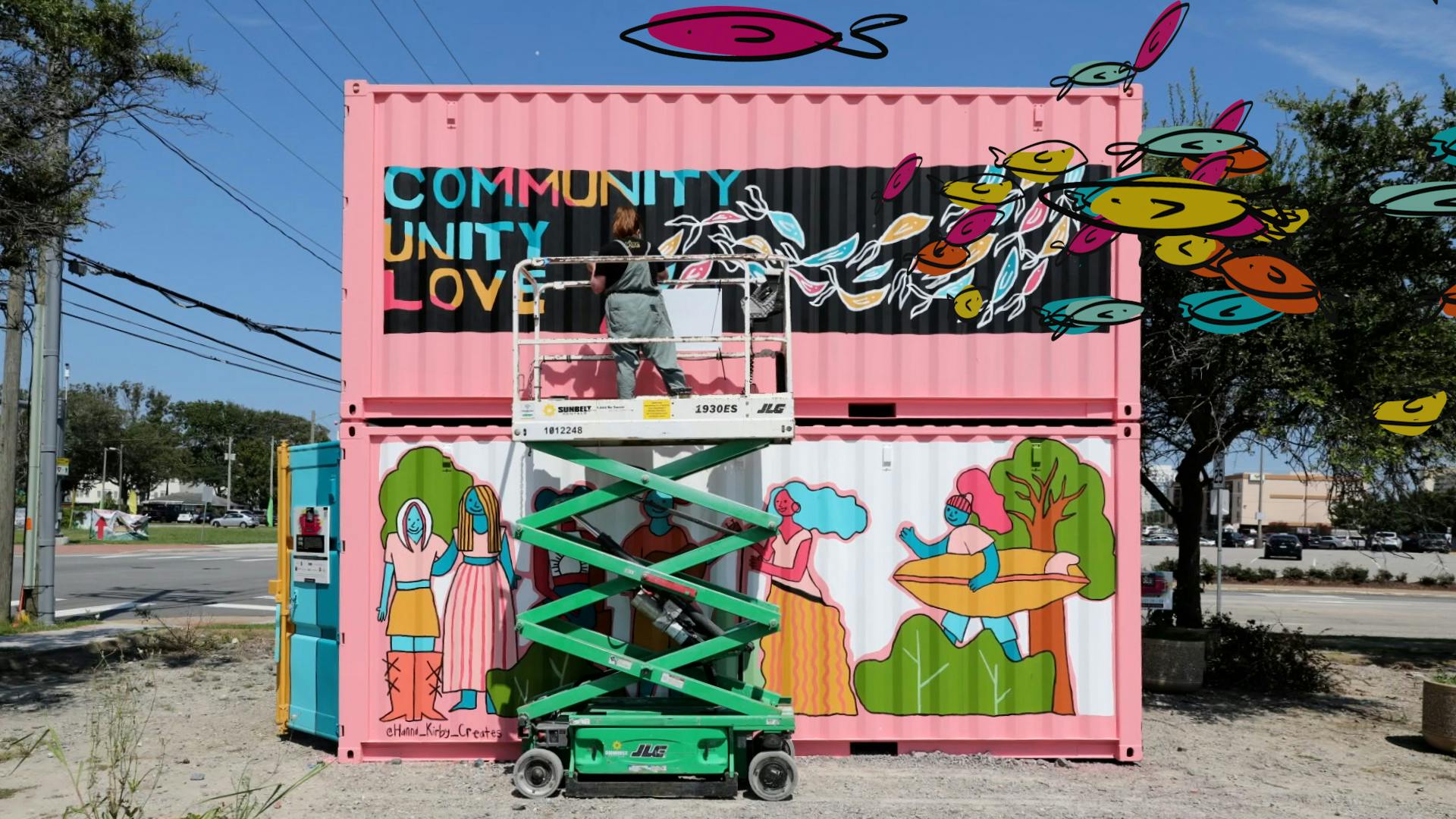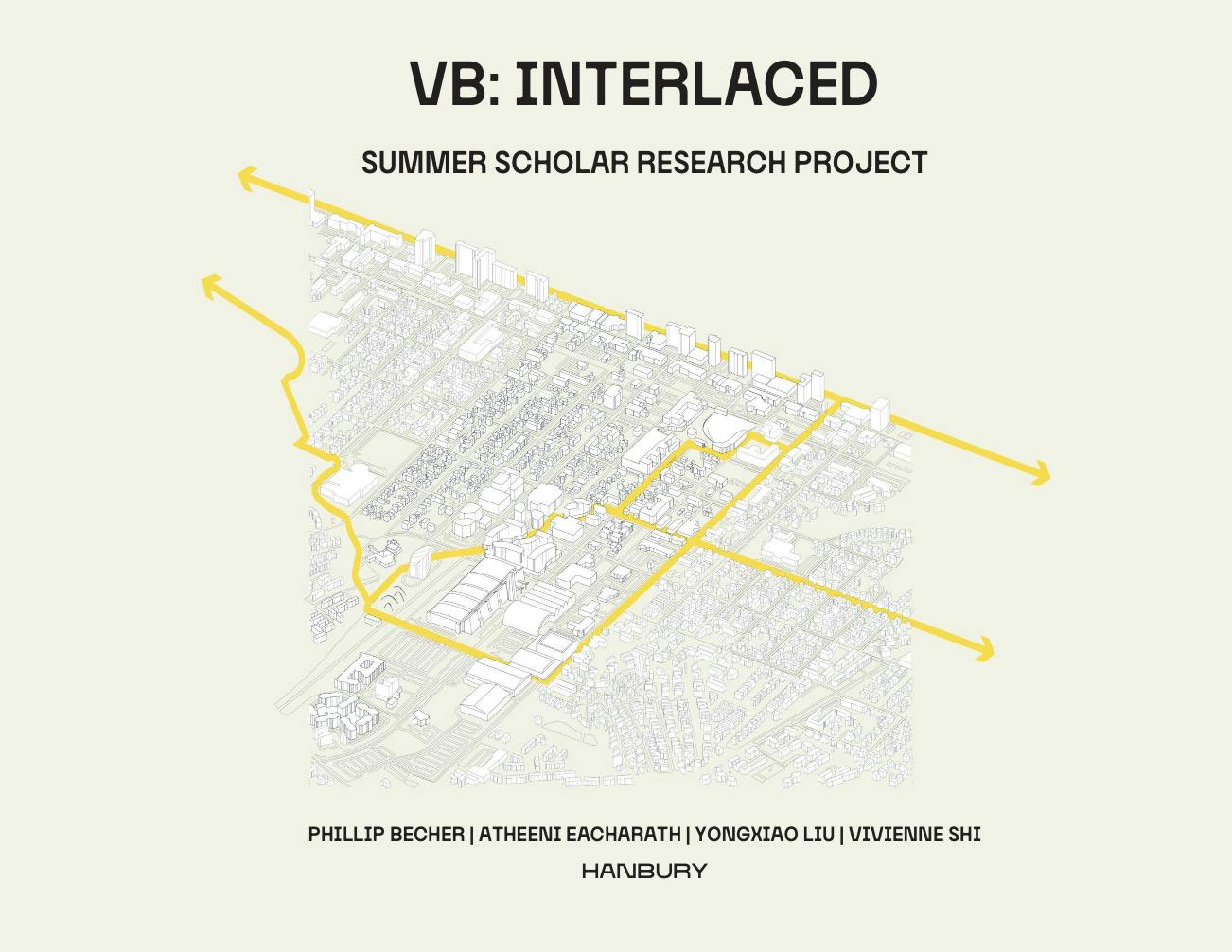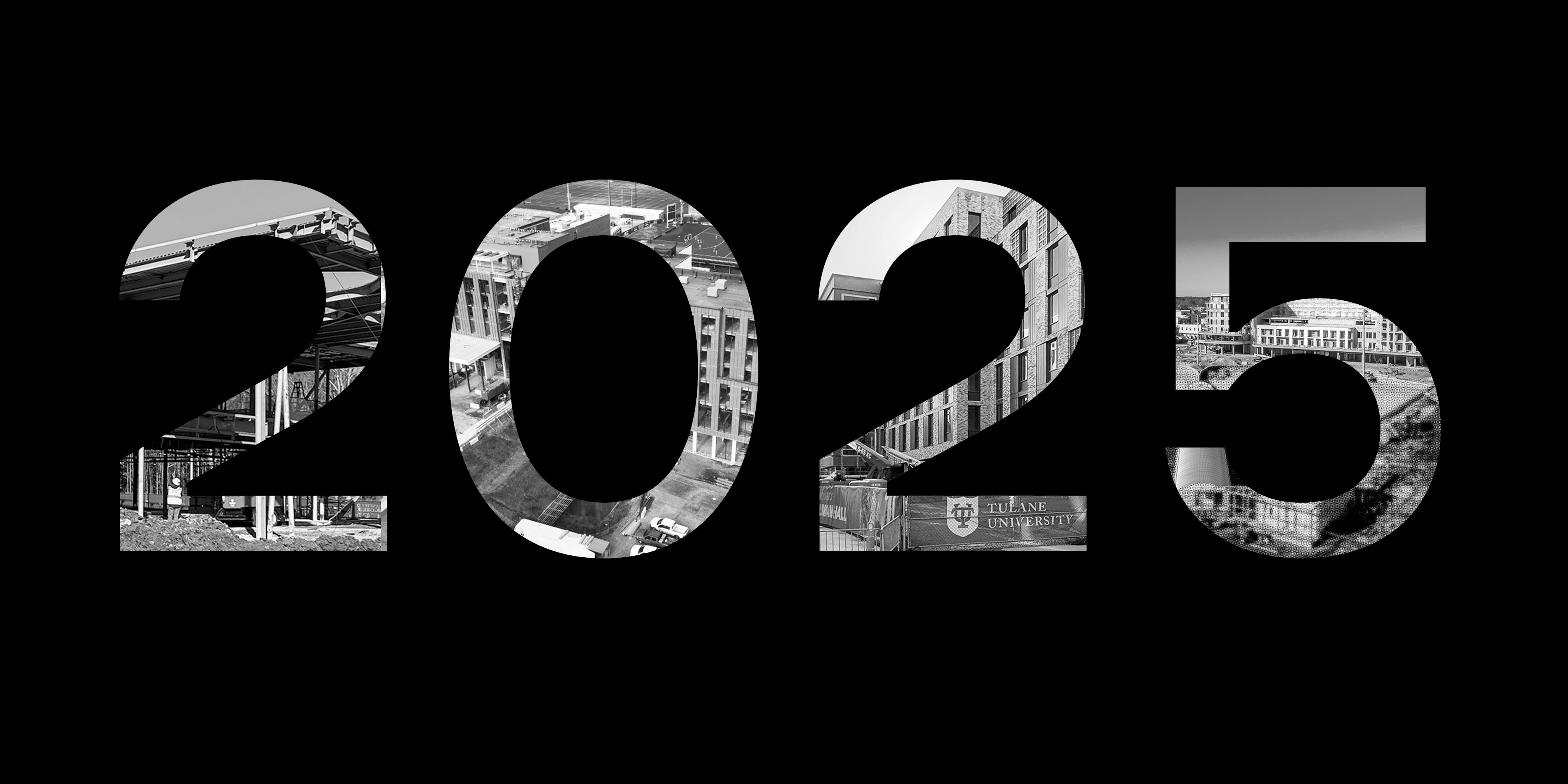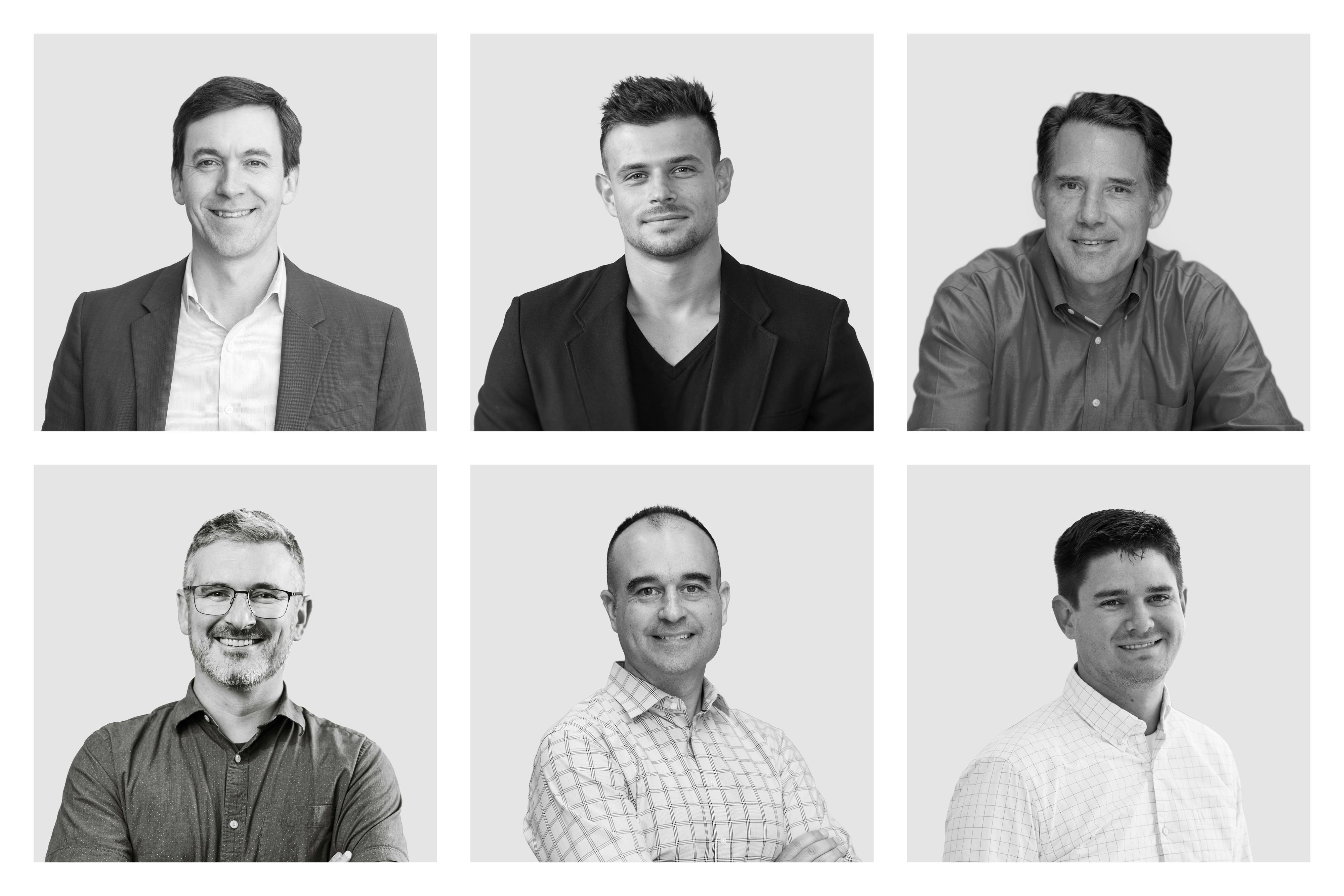



Participation by Design
Atlantic Park and the Making of a Cultural Catalyst
A conversation with Design Director, Alec Yuzhbabenko.
On any given evening, light breaks differently across Atlantic Park. Set between the ViBe District and the boardwalk, its edges are alive with contradiction: surfers threading engineered barrels surrounded by street-level terraces, locals pausing mid-stride to watch the waves roll in, glass-fronted restaurants framing it all like living dioramas.
The lagoon flickers like a recessed stage, inviting passersby to the show. From sidewalk to shoreline, Atlantic Park unfolds as a continuous urban terrain where surfing, strolling, gathering, and living operate on the same civic plane.


When the project was first introduced, it wasn’t immediately read that way. “People thought it was just a private surf lagoon dropped in the middle of Virginia Beach,” Alec says. “Exciting for surfers, sure, but for a lot of the public, it didn’t feel like theirs yet.”
Over the better part of a decade, and through more than 65 public engagement sessions with city leaders, residents, and business owners, the plan expanded in scale and complexity, reshaping itself around local priorities. “What you see today is uniquely shaped by public input.”




To make belonging tangible, the team layered communication tools: plans to show program, renderings to convey atmosphere, and physical models to give scale and orientation.
Each medium offered a different point of entry. “When you put it all together, people can grasp the size of the site and how the pieces fit. It provides multiple ways for people to see themselves in the space.”


Hanbury’s Visualization Studio worked with Pharrell Williams’ group to weave their locally captured footage into a short film, placing the proposal in Virginia Beach’s cultural context.
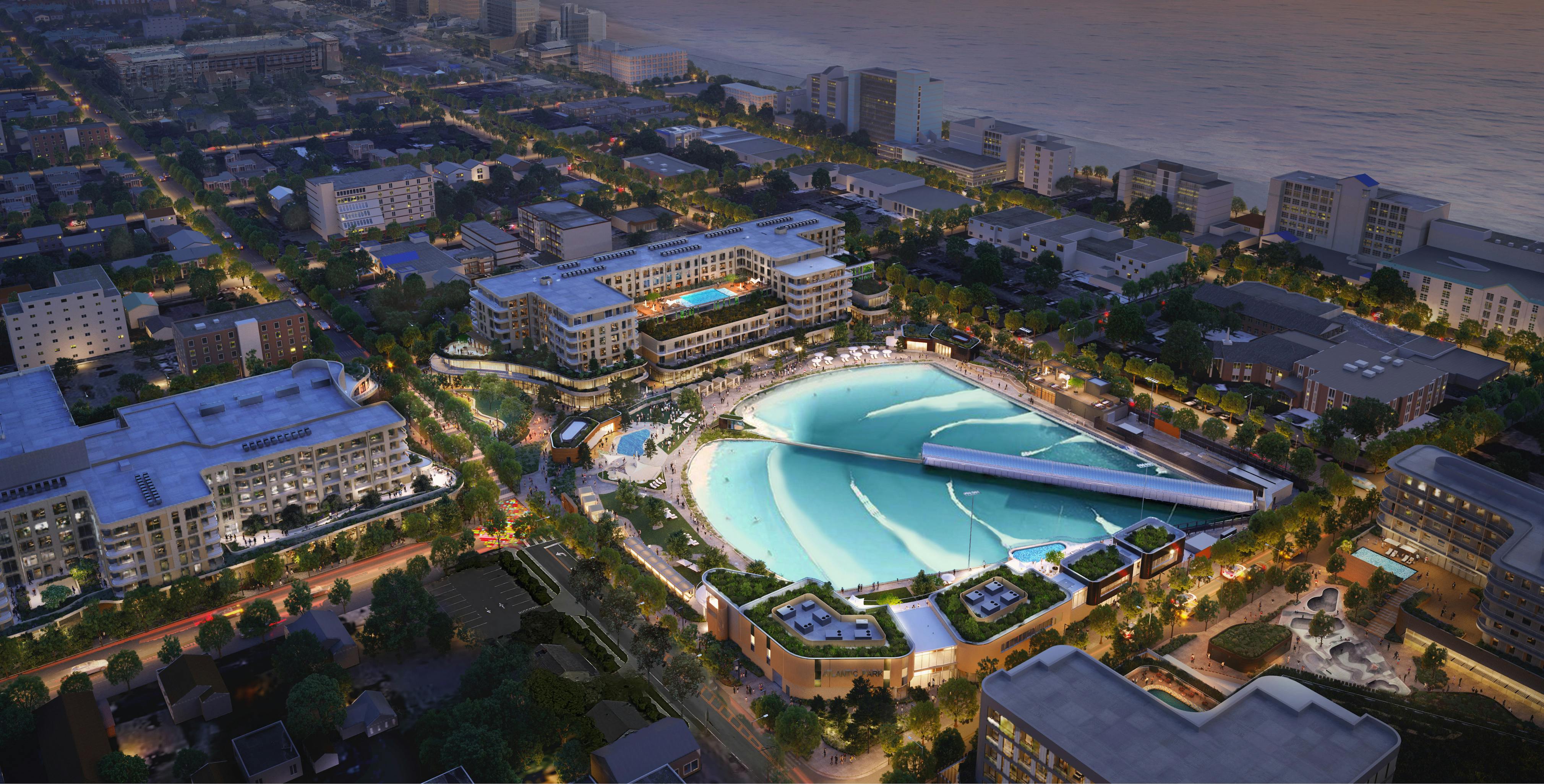
The three-block site, long dormant and politically fraught, was once home to the iconic Dome. After decades of stalled proposals, the design team, Venture Realty Group, and partners introduced Atlantic Park as both civic anchor and economic engine.
At $350 million, it is the largest public-private partnership in the city’s history, intended to create jobs, strengthen the ViBe District, and make the Oceanfront a destination beyond peak season. Its success, however, hinged on one critical factor: could the community see itself reflected in the result?










From the outset, the concept was organized around a surf lagoon and an entertainment venue presented in three scenarios: small, medium, and large. Public response rapidly converged on the most ambitious option.
“The excitement through engagement pushed us toward the larger plan. The goal wasn’t bigness for its own sake, but a more diverse program that meant more uses, more activity, and more opportunities for people to participate.”
The resulting configuration introduced housing, retail, and dining across stepped terraces, with public space woven through every level. It became a kind of vertical choreography: a social neighborhood with uses stacked and stepped to maximize visibility, access, and continuous activation from morning to night.
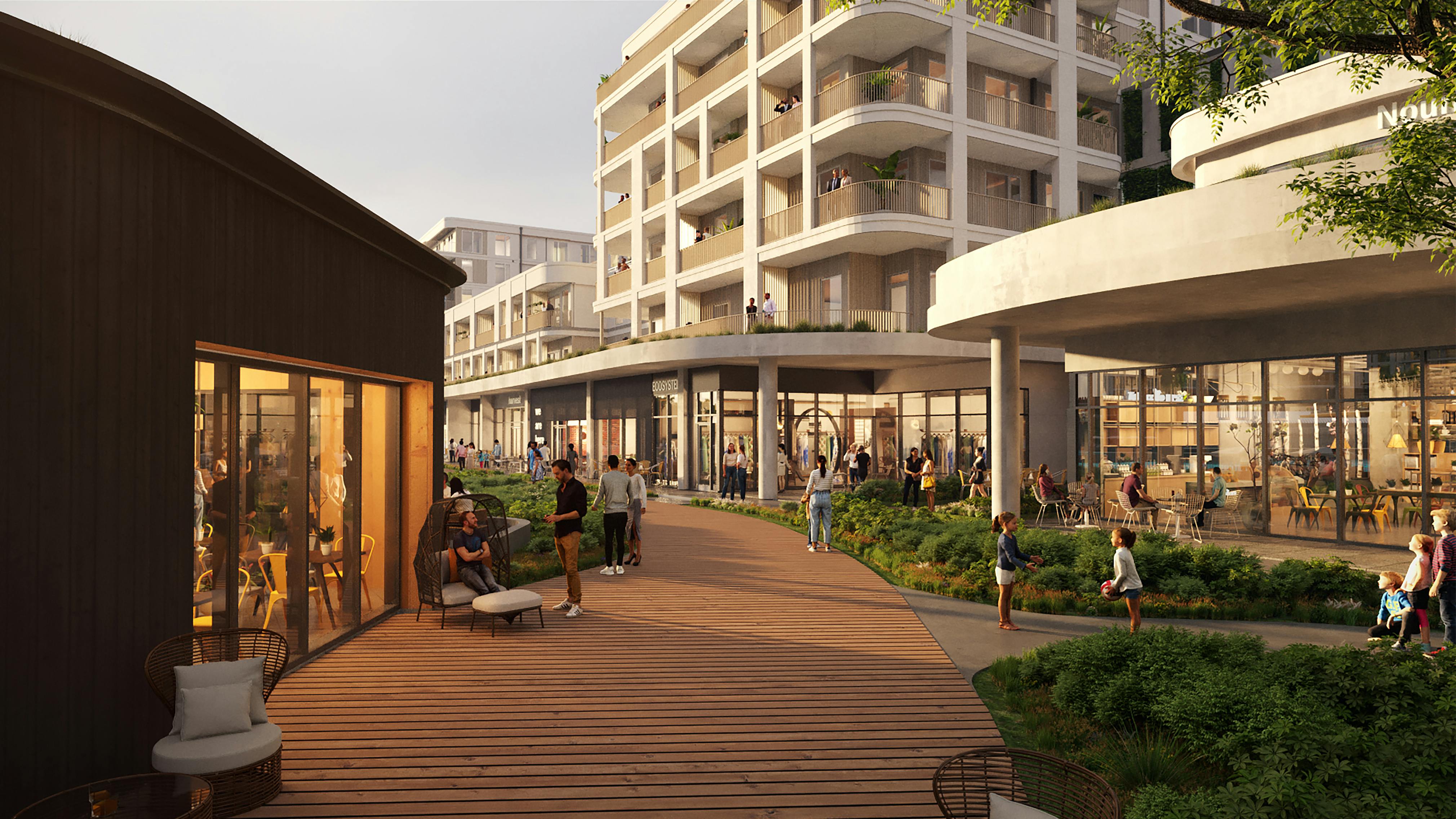

One early design move shaped by public input centered on 19th Street. Initially considered for closure, the street was kept open after residents pressed for connectivity. It was very important to keep the public pedestrian connection across the block.
Circulation was reimagined vertically: an upper promenade for shopping and slow movement, and a lower path that runs along the lagoon’s edge, placing pedestrians eye-level with the surf. The lagoon was sunk deeper than originally planned, creating a stadium-like effect that draws the public into the experience without requiring entry.
“You’ll see people roll up on bikes, stop to watch someone catch a wave, and then ride on. Those moments, those windows of invitation, are by design.”






Reflecting Virginia Beach’s indoor-outdoor culture, the entertainment venue beside the lagoon opens fully onto the plaza with large operable hangar doors. On event nights, the terraces become amphitheater seating; when the venue is dark, the space remains a programmable civic plaza. The architecture is intentionally elastic, moving between civic and cultural modes based on how the community wants to use the site.




One block was defined by a stand of mature trees, a feature residents urged the team to preserve. That sentiment took a strong hold in the project’s DNA. Rather than clear the site, the team worked with Virginia Beach craftsman Pat Ryan of Benevolent Design to selectively fell certain trees, mill the trunks on site, and kiln-dry the slabs.
The design reintroduced plantings, including trees, shrubs, and groundcover, across the site, while slabs milled from the preserved trunks will return to Atlantic Park as custom benches, tables, and sculptural fixtures throughout the surf building, hotel, residences and amenity spaces. Those trees will live on in a different way, creating a material continuity that embeds local memory in the architecture.



From the beginning, the design team worked closely with artists and business owners from the neighboring ViBe Creative District, whose buy-in was essential. The aim was not to copy the district but to carry its spirit into a broader civic setting.
Before construction began, the site joined the annual mural festival with local artist Hannah Kirby painting stacked shipping containers as a temporary canvas layered with augmented reality curated by ‘Orange Juice’ at Hanbury.


Local artisans continued to shape the project at every scale. Murals by Daniel and Mike Goodman, among others, including Mara Diakoulas, appear on and around the site. Igor, a local sign painter, hand-painted logos for incoming businesses, translating outside names into a language that felt bespoke; custom furnishings by Phillip Gould and Pat Ryan are among the many local makers whose work appears throughout the project.


In the Atlantic Park Surf building lobby, a wall of commissioned surfboards by local shapers forms a sculptural narrative of craft. Metalwork by Joe Alexander, wood-work by Nick Halleran and Pat Ryan, polished concrete by Zach Peace of Hâpax, custom shaping by Jordan Brazie, tufting by Nikki Leone, and finish work by Bang Art and James Coleson.
“This approach is not wholesale. It takes longer. It’s an investment. But having pieces with a story, pieces the people who made them can point to, feels very special.”
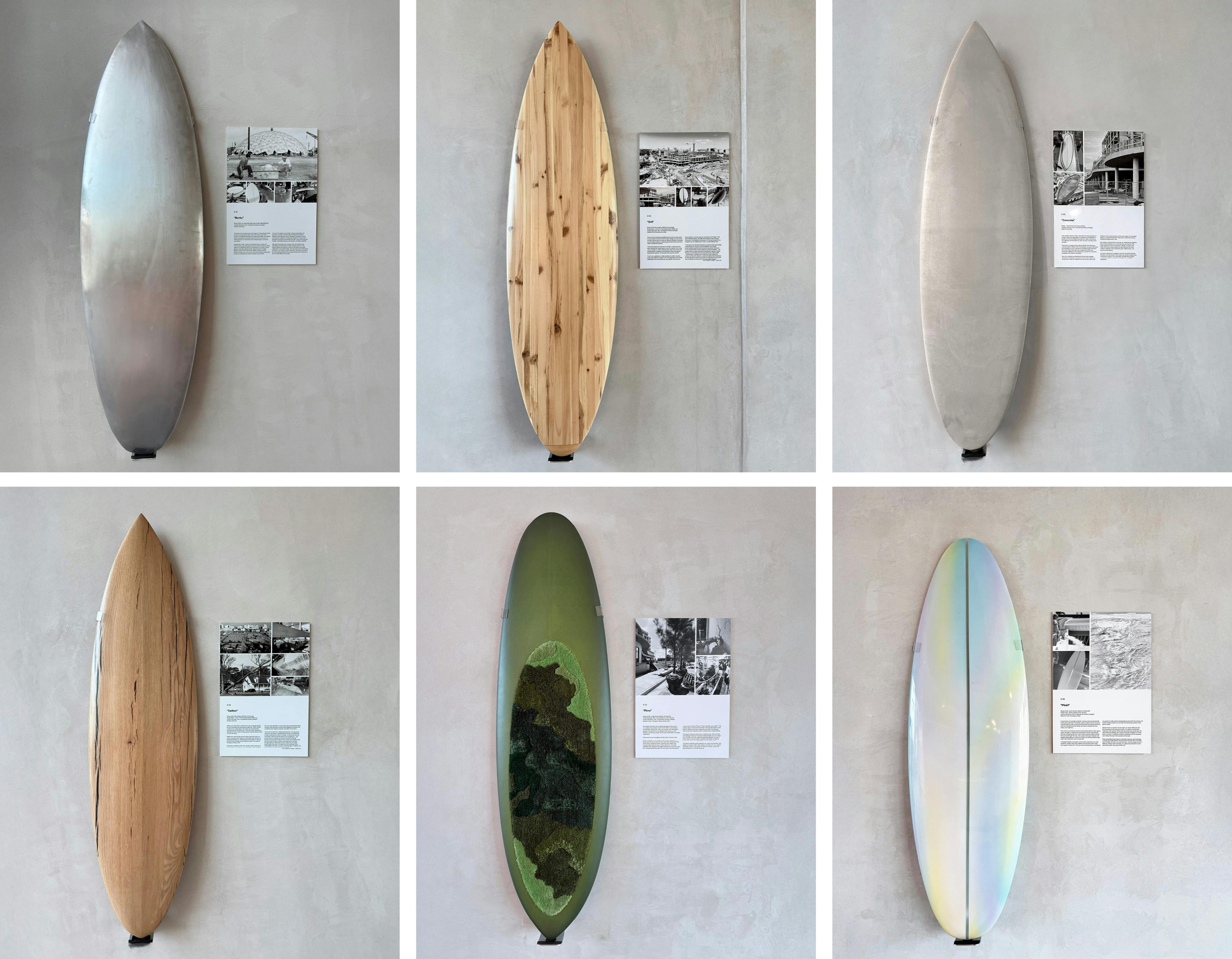



As construction progressed, the project evolved its own internal community. Contractors and subcontractors, many from Virginia Beach, moved through phases together. Delivering on its initial promise, roughly 5,600 jobs were created from construction to operation, with W.M. Jordan intentionally making room for smaller, local firms.
Beyond the metrics, individual stories hint at a wider civic economy. Surfboard maker Nick Halleran of Mar Surf, who shaped boards for the lobby installation, now serves as Director of Guest Services at Atlantic Park Surf. Virginia Beach public-school teacher and celebrated surfer Jason Borte tested early lagoon conditions with the team and now serves as Director of Surf Coaching. These ancillary arcs anchor the project’s roots and show just how deeply it has embedded itself in the local fabric.


When Atlantic Park opened in August 2025, the civic layer activated quickly. Within weeks, the lagoon hosted professional competitions and community programming.
Pharrell Williams, in collaboration with adidas Originals, Ebony Beach Club and Atlantic Park Surf, launched NEXT WAVE, bringing more than 100 youth from local schools, YELLOWHAB, and the Atlantis Apartments to learn water safety and ride their first waves, expanding access to a sport and a space long distanced to many.
Whether you surf or not, Atlantic Park is a cultural gallery to pass through, linger in, and return to. Its restaurants and retail are deliberately arranged as a sequence of intimate vignettes: music, culture, fashion, and culinary moments that unfold block by block.




Nearly a decade in the making, through pandemic delays, political turnover, and shifting public sentiment, the project’s DNA never changed. “Our strength was in the flexibility to mold the design again and again without losing its essence.” As specialists joined the team and scope expanded, Hanbury remained the through line, orchestrating continuity while letting each piece hold its own identity.




When asked what the firm’s greatest strength is on a civic project of this size, Alec notes, “We come to the table and we speak less than we listen. Not being reactive to every single comment, but nimble enough to find a unique solution by synthesizing what’s been said and getting down to the root.”
And what would not exist without that process of engagement? He answers plainly: “Atlantic Park.”



